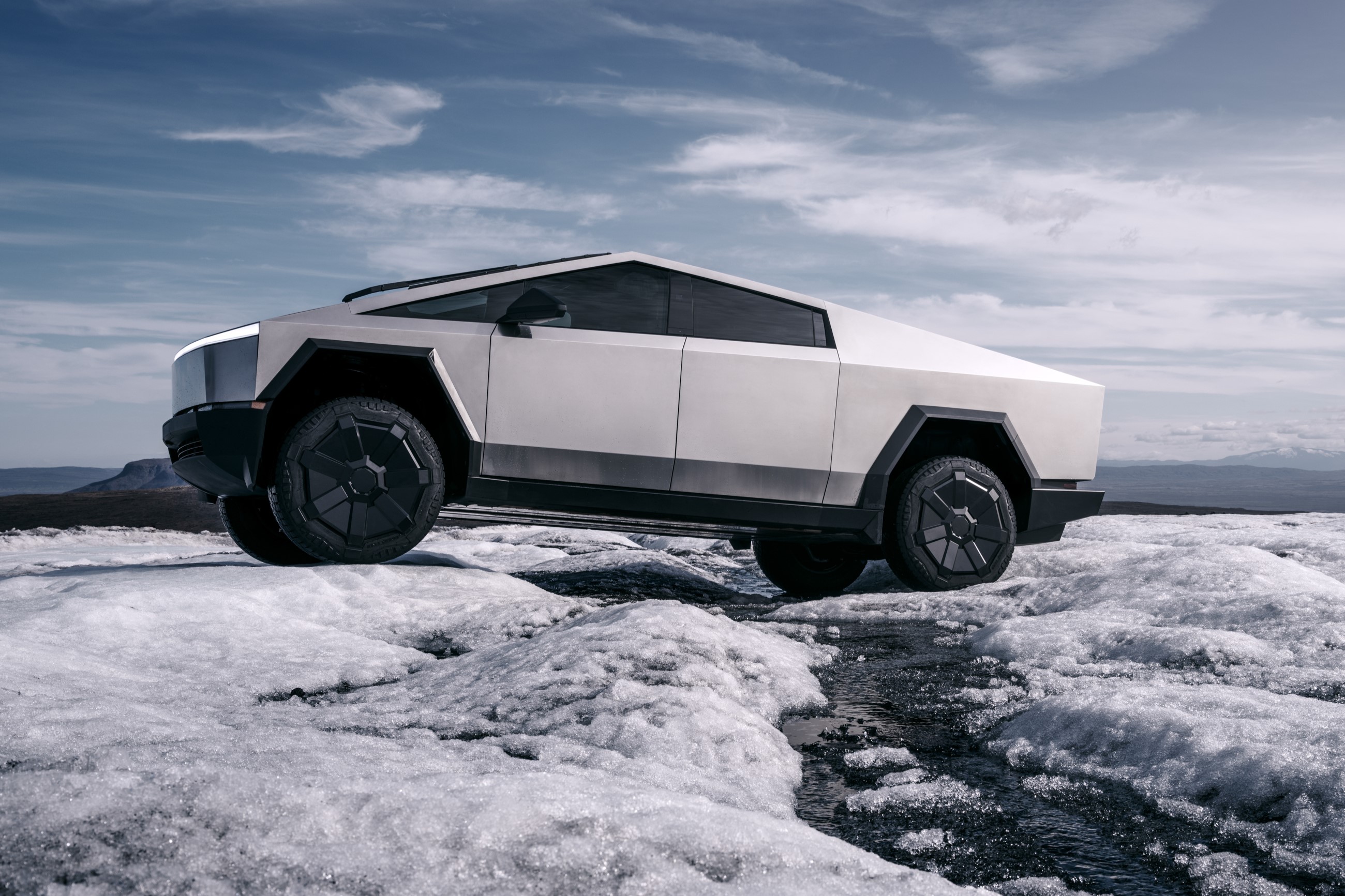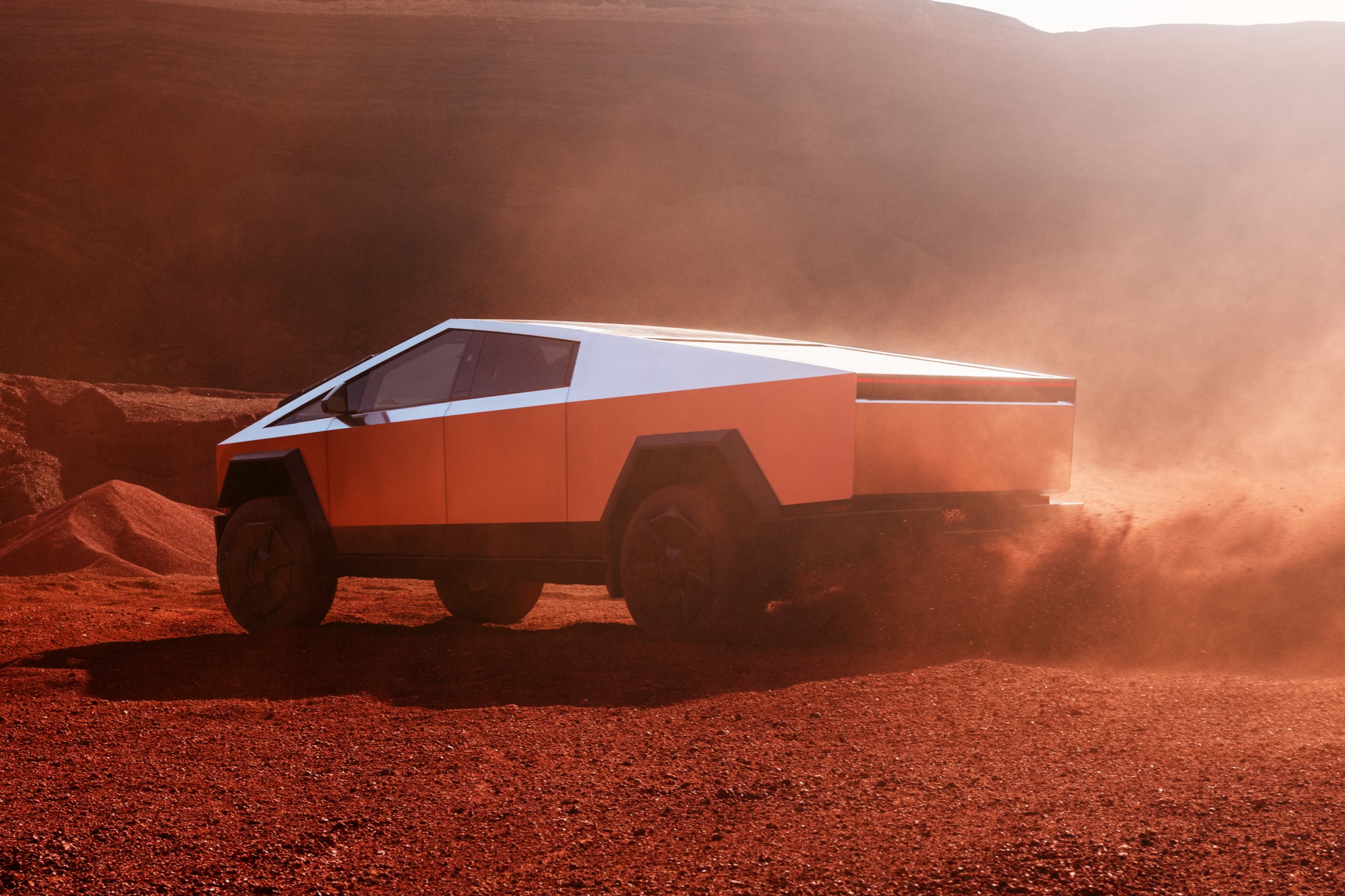
It was touted as a futuristic vehicle that could tackle anything from desert to open water to the surface of Mars — but it turns out the Tesla Cybertruck isn’t the all-terrain vehicle of your dreams. There are numerous reports, images, and videos showing the controversial EV stuck in snow.
While a big enough snowbank can theoretically strand anything, the white stuff that the Cybertrucks were thwarted by didn’t seem to be particularly heavy in many cases. One X (formerly Twitter) user, “Captain Lou,” described the situation as being “like finding a leprechaun that’s constantly getting stuck in a glue trap.”
Another storm, another CyberTruck needing a rescue.
It's like finding a leprechaun that's constantly getting stuck in a glue trap.
Credit: @iAmAndyPauly pic.twitter.com/l3MJZIin0i
— Captain Lou (@TheCaptainLou) January 7, 2024
It may be one of several things causing the trucks to struggle in winter conditions, but the tires are likely responsible for the bulk of the problems. It’s unknown if any of the stranded vehicles are AWD models, but that could also play a part. One thing that should work in the Cybertruck’s favor when it comes to gaining traction in snow is the vehicle’s excessive weight — particularly as the vehicle’s motors should put a lot of that weight over the drive wheels. Sadly though, that doesn’t seem to be enough in this case. Tesla may work out how to fix this, but for now, you should probably leave your weirdly shaped, excessively priced electric truck in the garage until spring.

On the plus side, it’s built like a tank
Despite its winter performance being below par, there are potentially a few positives to the Cybertruck’s design. Despite a limited number only being on the road for a few weeks, an accident has already been reported, and the Cybertruck involved came out relatively unscathed. According to a post on Reddit, the Cybertruck was left with a dent, a few scratches, and a missing rear fender, while the Toyota Corolla that collided with it was condemned to the scrap heap.
It is worth noting that, like many a ’90s Volvo, this kind of construction could be good for the truck itself but less than great for any occupants. Crumple zones work, and pretty much all modern cars have them for that reason. If you’re driving a large, unyielding metal box, then most of the energy from something like a head-on collision will turn you and whoever else is inside it into soup.
Actual crash physics has a few more factors at play, but some degree of give, like the Corolla obviously had, can be a lifesaver in many circumstances. So the solid construction is great news for the truck itself, but may turn out to be bad news for Cybertruck owners in the long run.



